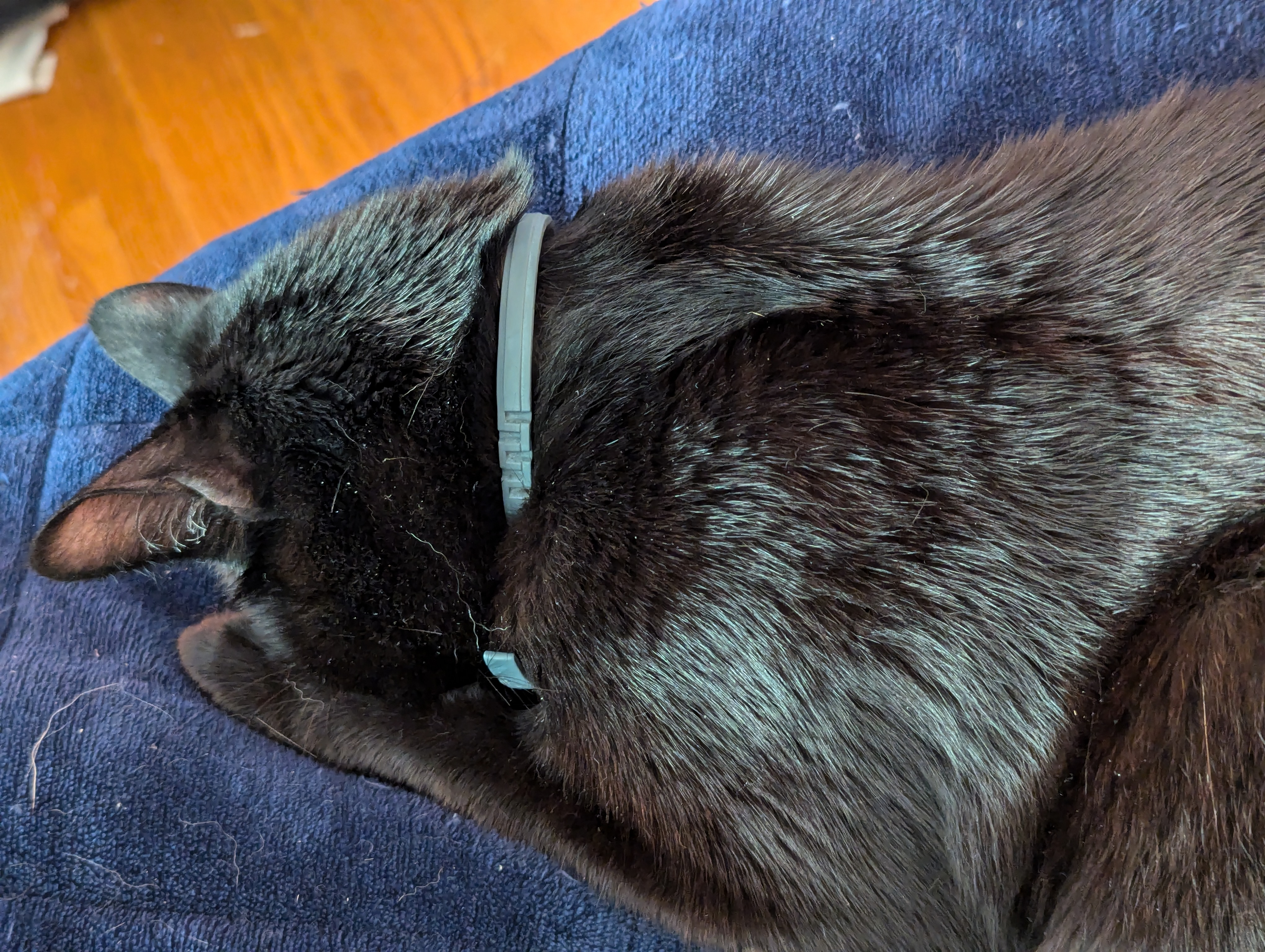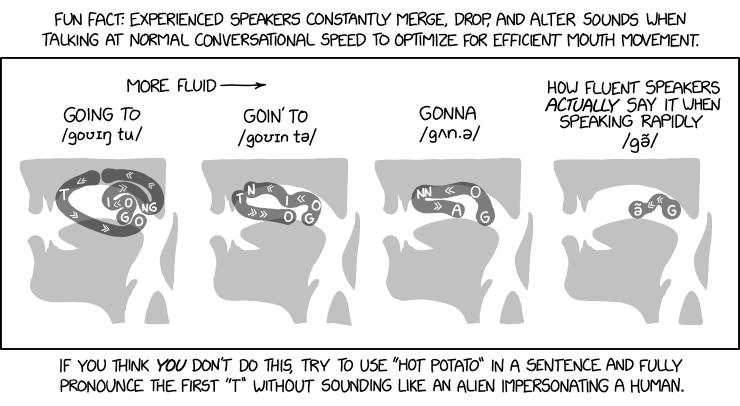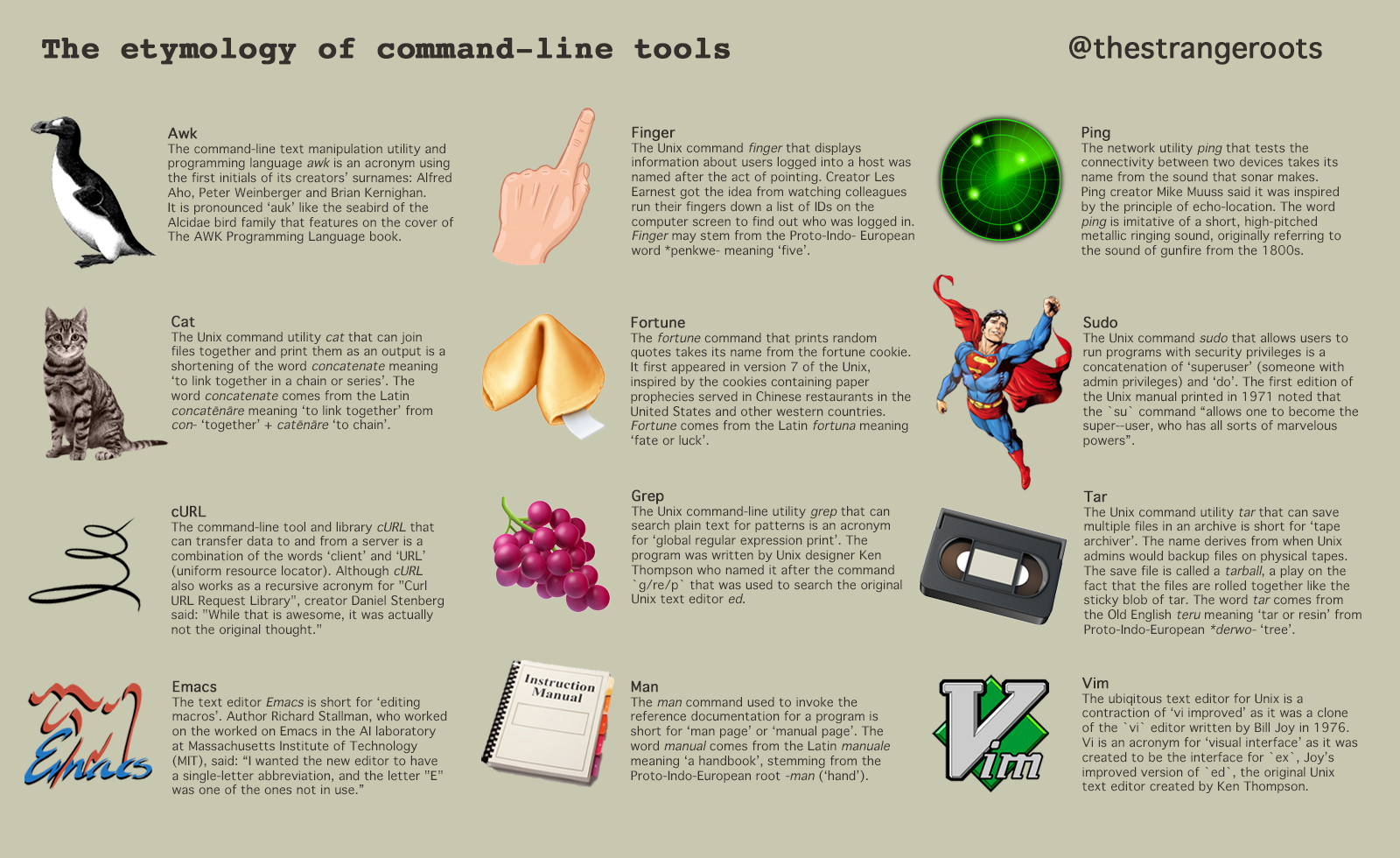Linguistics
503 readers
12 users here now
Welcome to the community about the science of human Language!
Everyone is welcome here: from laymen to professionals, Historical linguists to discourse analysts, structuralists to generativists.
Rules:
- Stay on-topic. Specially for more divisive subjects.
- Post sources whenever reasonable to do so.
- Avoid crack theories and pseudoscientific claims.
- Have fun!
Related communities:
founded 10 months ago
MODERATORS
1
2
3
4
6
7
8
2
2,500-year-old slate containing drawings of battle scenes and paleo-alphabet discovered in Spain
(www.livescience.com)
9
10
11
12
1
How 'Not' Changes Everything: Brain Interprets Negated Adjectives - Neuroscience News
(neurosciencenews.com)
13
14
16
17
18
19
20
21
22
23
24
25
view more: next ›



